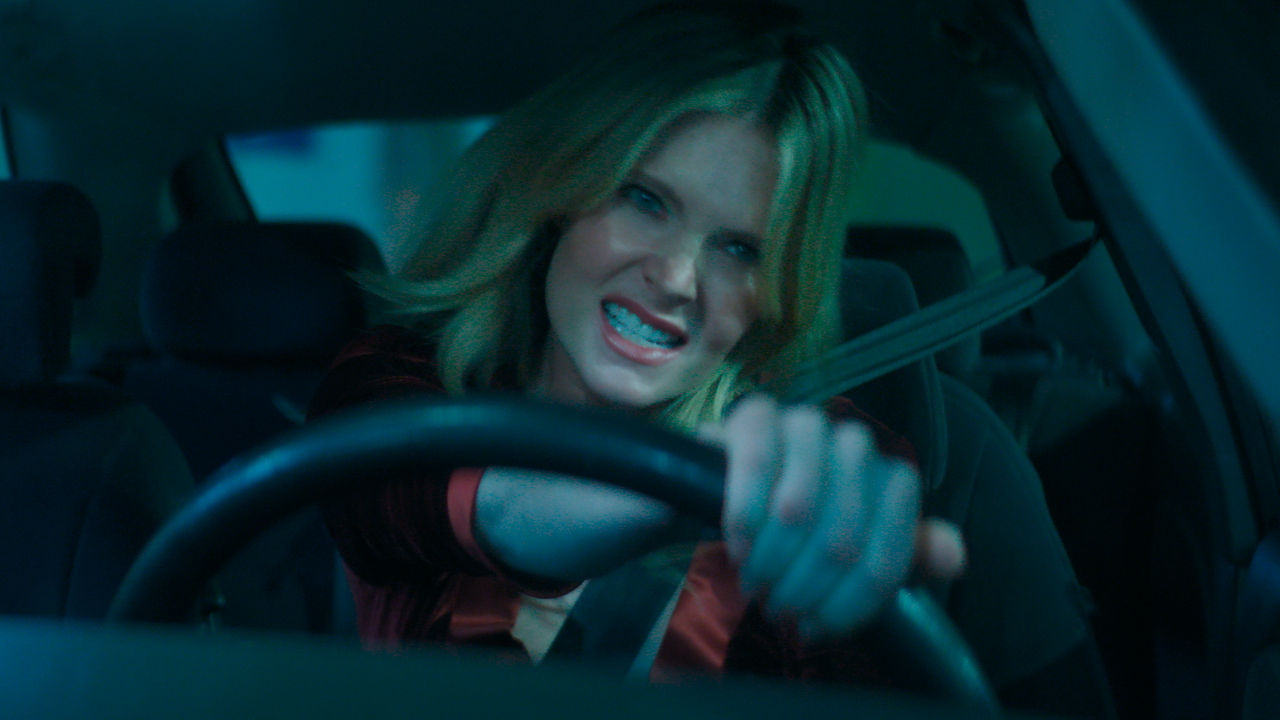Avatar Sequels Could Have 3D Without Glasses, James Cameron Is Working On It

Avatar became the highest grossing movie ever made in large part because it wowed audiences by doing things with technology that had never been done before. If and when Avatar 2 ever happens, James Cameron promises he will continue to push the limits, including potentially making 3D easier to view. The director says he plans to use all the tools at his disposal to make the sequels special, including one that we don't quite have yet.
I'm going to push. Not only for better tools, workflow, high dynamic range (HDR) and high frame rates (HFR) --- the things we are working toward. I'm still very bullish on 3D, but we need brighter projection, and ultimately I think it can happen --- with no glasses. We'll get there.
High frame rate films have been made in the past. Peter Jackson's The Hobbit, as well as Ang Lee's upcoming Billy Lynn's Long Halftime Walk both utilized high frame rates in their production. High Dynamic Range is actually a technology that is more commonly used in dealing with modern televisions as opposed to movie screens, but the idea of producing content capable of showing brighter whites as well as darker blacks can certainly be used to great effect in a movie theater as well. However, the most difficult innovation that Indiewire says James Cameron is looking toward is the idea of doing a 3D movie without the need for glasses.
While glasses-free 3D is a technology that currently exists, producing it for a large movie theater screen has yet to be made viable. The primary issue is that in order for a 3D image to be presented to your eyes without glasses, the image has to be focused to a specific location. This means that doing 3D for a single player using the Nintendo 3DS handheld game console is not a problem, however, creating a 3D image for a theater full of people, all of whom are sitting at different angles and distances from the screen, is a big problem.
There have been some advancements in glasses-free 3D with films, but as of now the successful tests have only been done with small images. While scaling up to a movie theater sized screen should be technically possible, it hasn't been done, and even if success is had, the cost of the technology isn't commercially viable at this point.
Of course, with the continual delays that James Cameron has had in his attempts to produce sequels to Avatar would technically help aid the effort toward non-glasses 3D. The longer Cameron takes to make the films, the more time people have to perfect the technology. The question now would seem to be which will get first: 3D in your average multiplex that doesn't require glasses or a sequel to Avatar?
CINEMABLEND NEWSLETTER
Your Daily Blend of Entertainment News

CinemaBlend’s resident theme park junkie and amateur Disney historian, Dirk began writing for CinemaBlend as a freelancer in 2015 before joining the site full-time in 2018. He has previously held positions as a Staff Writer and Games Editor, but has more recently transformed his true passion into his job as the head of the site's Theme Park section. He has previously done freelance work for various gaming and technology sites. Prior to starting his second career as a writer he worked for 12 years in sales for various companies within the consumer electronics industry. He has a degree in political science from the University of California, Davis. Is an armchair Imagineer, Epcot Stan, Future Club 33 Member.









